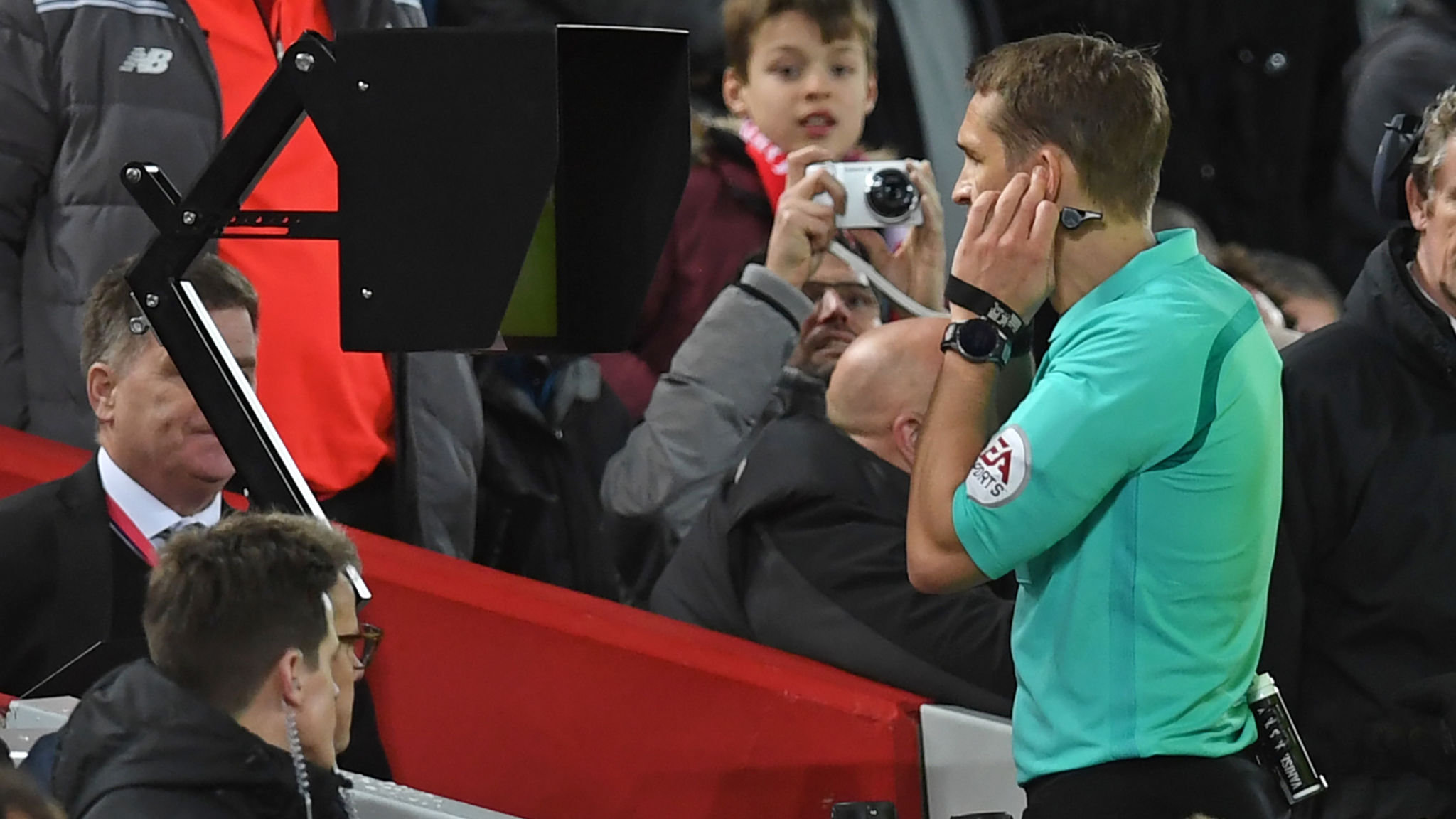[dropcap]T[/dropcap]he greatest holiday for football fans worldwide is the FIFA World Cup. It is organized every four years and is the biggest sporting event along with the Olympic Games.
So far, 21 World Cup tournaments have been organized, with the latest being in Russia where France became the champion for the second time.
The infographic below provided by bettingsites.me.uk shows that this tournament broke many records.
There is one thing, however, that made this World Cup special compared to the previous editions. It saw a new system being implemented: the video assistant referee (VAR).
What Is It And How Does It Work?
VAR is a technology used to review decisions made by the referees on the field with the use of video footage.
There are four types of calls that can be reviewed:
- Goals or a violation such as offsides or fouls in the attacking phase of play;
- Penalty decisions;
- Direct red card decisions;
- Mistaken identity when awarding a card.
The History Of VAR
VAR was created in the early 2010s in the Netherlands and was tested through mock trials in the 2012/13 season of the Eredivisie. Its full live trial happened in 2016 in a game between two Major League Soccer reserve sides.
Bundesliga and Serie A were the first of the top European leagues in which VAR was implemented in the 2017/18 season, and La Liga implemented it at the start of the 2018/19 season.
VAR At The World Cup
It was March 16th this year when we found out that the video assistant referee is going to be used at the World Cup in Russia, which made it the first tournament competition to be using this technology at all matches and in all venues.
Exactly 335 incidents in the group stage were checked by it, which averages to seven per game. A total of 14 calls by the referees were overturned. The success rate of VAR was 99.3%.
Some of the most notable VAR-related facts include the following:
- Diego Costa’s goal against Portugal was the first goal awarded thanks to the VAR technology;
- The first penalty as a result of VAR was awarded to France against Australia;
- 29 penalties were awarded, which is partially attributed to VAR;
This was the cleanest World Cup since 1986, with the first red card issued on the 12th game, and only four players were sent off during the tournament.
As we all know, France managed to beat Croatia in the final 4-2, and there was a moment when VAR was called upon. There was a defensive foul after Ivan Perišić handled the ball in the penalty area. Antoine Griezmann scored the goal and gave France a 2-1 lead.
The implementation of the video assistant referee was criticized at first with comments such as “it is going to kill the beauty of the game.” However, when we take a look at the stats of this tournament, we definitely need to agree with FIFA which stated that the implementation of VAR was a complete success.








